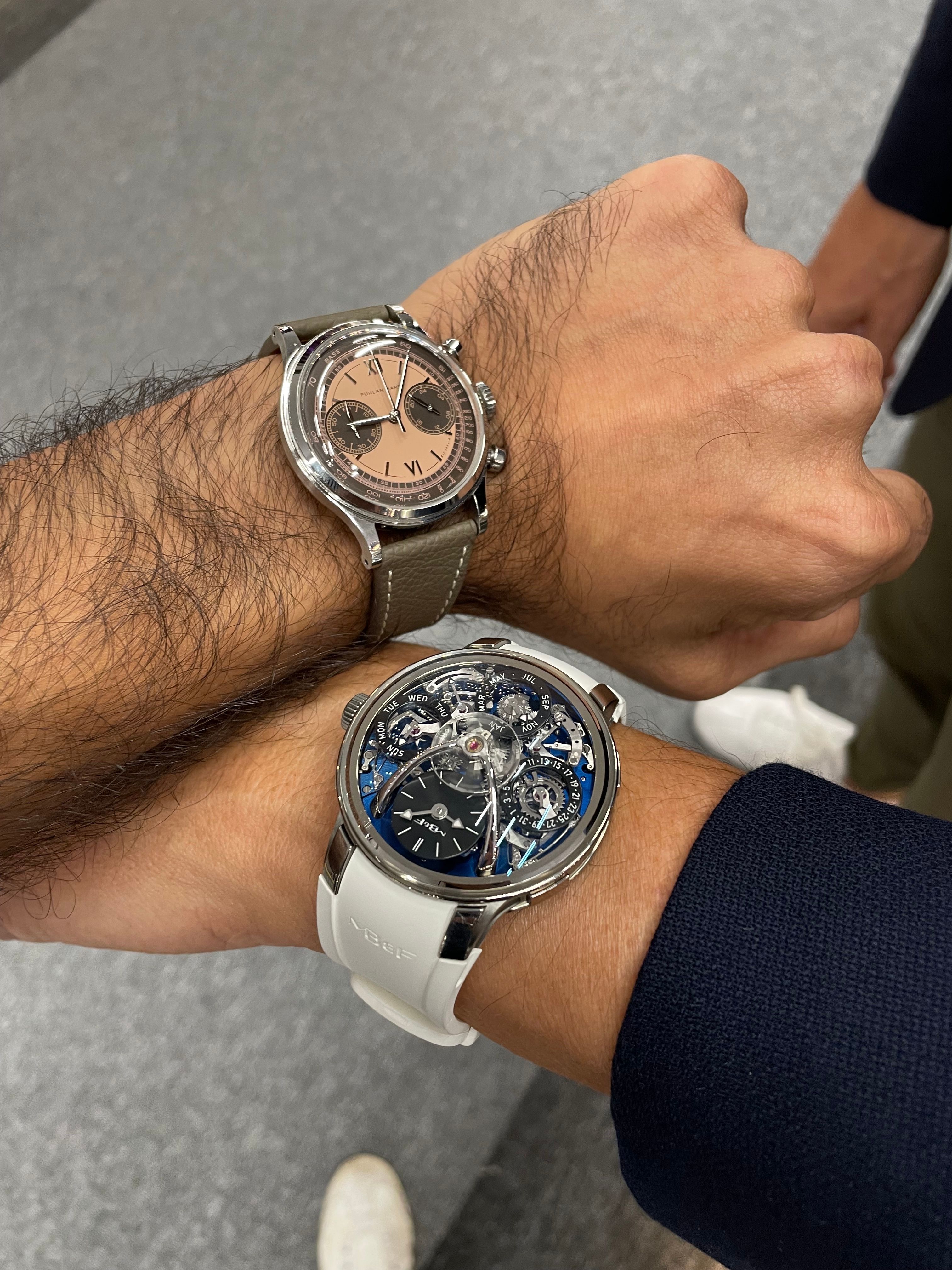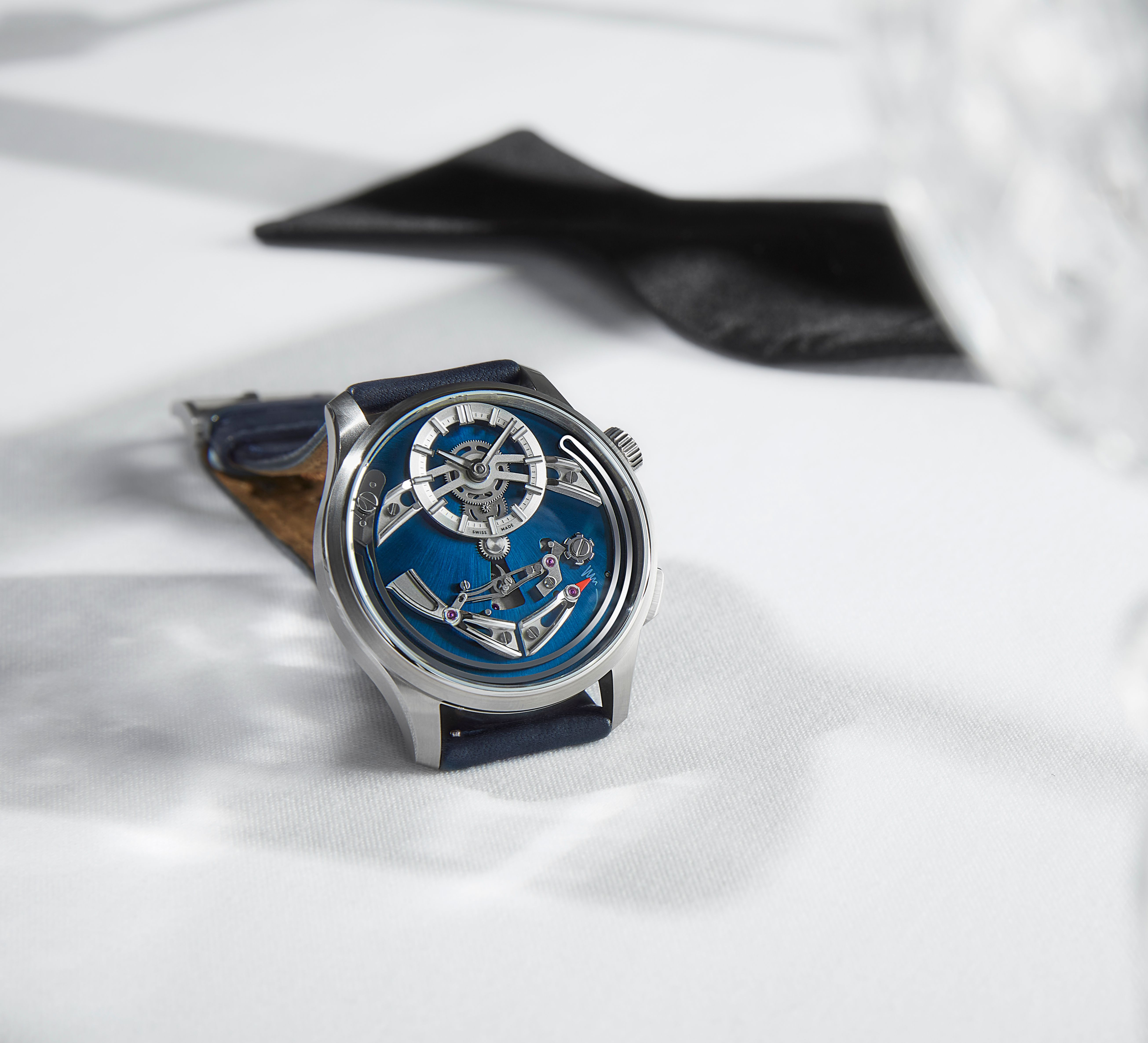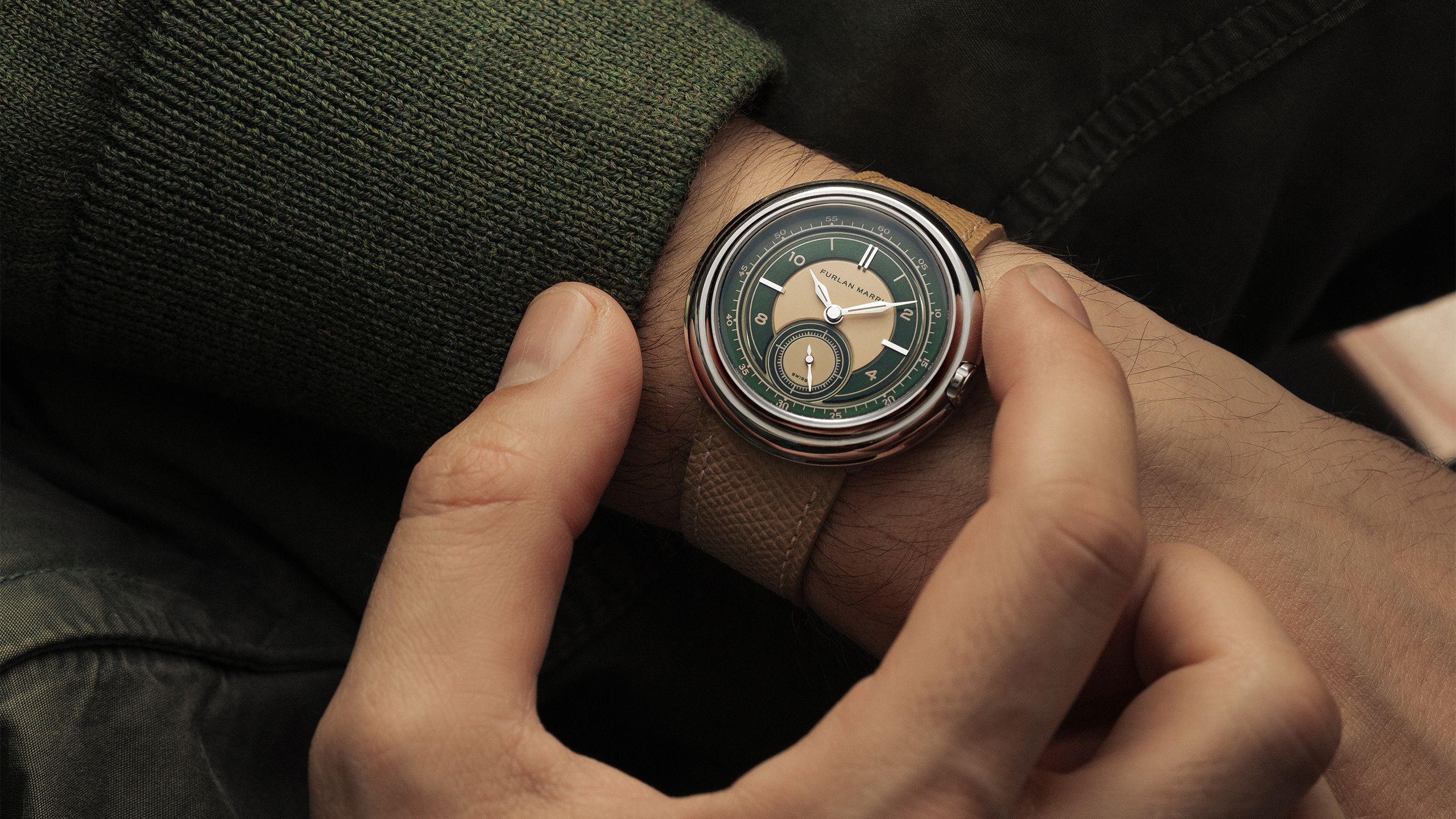Small Scale vs. Big Dreams: Decoding Microbrands And Independent Watchmakers
Imagine walking into a boutique where the shelves aren’t lined with the usual suspects, but with hidden gems—watches that don’t just tell time but tell a story. These are the watches that your friend, who’s obsessed with obscure bands, would wear; the ones that aren’t mainstream, but somehow cooler for it. Welcome to the world of independent watch brands and microbrands, where creativity trumps convention, and the appeal lies in the unique rather than the ubiquitous.
Whether you’re a seasoned collector with a penchant for the rare and unusual or a newcomer seeking something beyond the ordinary, understanding the difference between an independent watch brand and a microbrand is like learning the secret handshake of a very cool club. I often put myself in the shoes of someone who just got into watches and sees the possible confusion.
Free from outside control; not subject to another's authority, that’s the dictionary definition of the term “independent”. So in that context Independent watch brands are those that are not owned by any larger conglomerates or groups, such as the Swatch Group or Richemont to name a few. They operate autonomously, often with a strong focus on heritage, craftsmanship, and unique design philosophies. These brands often produce anywhere from a few dozen to several thousand watches annually, but typically less than mainstream brands. The indies generally have the necessary financial resources, specialized machinery, and skilled personnel to produce their watches entirely in-house. Having these resources allows them to create high-quality, often complex timepieces with a high degree of craftsmanship and innovation. However, the low production volume isn’t just about financial strategy or demand, but also about the brand’s actual ability to produce watches. Their distinctive expertise, exceptional craftsmanship, innovative approach, and limited production all contribute to the premium price tags often associated with these brands.
Microbrands on the other hand usually produce even fewer watches, often limited to small batches or pre-orders, emphasizing exclusivity. The focus here is more on design and value rather than technical innovation hence in most cases the movements are sourced from third-party suppliers like Miyota or Sellita. In a nutshell, microbrands focus on delivering a good balance of quality and affordability, often outsourcing production to reputable factories but without the same level of artisanal craftsmanship that you could expect from an Independent. By producing fewer watches, these brands can maintain a positive cash flow. Instead of investing heavily in large production runs and risking unsold inventory, they produce only what they can sell. This approach minimizes financial risk and ensures that they have enough cash on hand to keep the business running smoothly.

But here’s where it gets confusing, the terms "independent" and "microbrand" are not exclusive categories. A microbrand can also be an independent brand if it is not owned by a larger entity. Similarly, an independent brand can be considered a microbrand if it operates on a small scale with limited production and a focused market approach. In essence, the distinction between these terms is more about the scale and operational focus rather than entirely separate classifications.

While independent watchmakers and microbrands share some similarities—both are privately owned and produce limited numbers of watches—the key difference lies in their resources. Unlike microbrands, which typically rely on external suppliers for components like movements and cases, independent watchmakers have the expertise and equipment to manage everything internally. This ability sets them apart in terms of quality, craftsmanship, and sometimes price.

Can microbrands become independent brands?
The transition from microbrand to independent watchmaker involves more than just producing in-house components. It requires a combination of innovation, quality, and reputation. While producing all components in-house is a hallmark of independent watchmaking, microbrands can also achieve recognition by demonstrating exceptional craftsmanship and innovative designs, as evidenced by the numerous microbrands being nominated at the prestigious GPHG awards. The key factors in this transition are the brand's reputation, the uniqueness of their offerings, and their ability to produce standout, high-quality timepieces.

Should you buy an Independent or a Microbrand?
I would choose an Independent or a microbrand because they are redefining watchmaking with unique and innovative designs that go beyond size or vintage inspiration, offering truly distinct aesthetics. Additionally, established brands are rapidly increasing their prices due to high demand, making luxury watches less accessible. Microbrands are stepping in to fill this gap, providing compelling alternatives at more accessible price points while pushing the boundaries of traditional watch design.

The Drawbacks
Stating the obvious, although most reputed brands have proven otherwise, is the uncertainty regarding the longevity, especially with the newer or less established ones that may not have a long track record - there's a risk that they might not be around in the future. Given that watches are often purchased for their durability and as lasting keepsakes, the potential instability of these brands can be a significant drawback for those seeking a timepiece with assured long-term value. Then again, do you still buy your watches just as an investment?
Securing the future
The onset of established brands investing in independent watchmakers is undeniably positive for the industry. Most recently the news of LVMH acquiring L’Epee 1839 and MB&F’s partnership with Chanel exemplifies this, as it secures a strong strategic ally while preserving the brands creative independence. Chanel’s decision to invest in MB&F, following their minority stakes in F.P Journe and Romain Gauthier, underscores their commitment to supporting the innovative spirit of independent watchmaking. It’s a promising development for the industry, signaling growth, stability, and continued innovation.
No articles found







